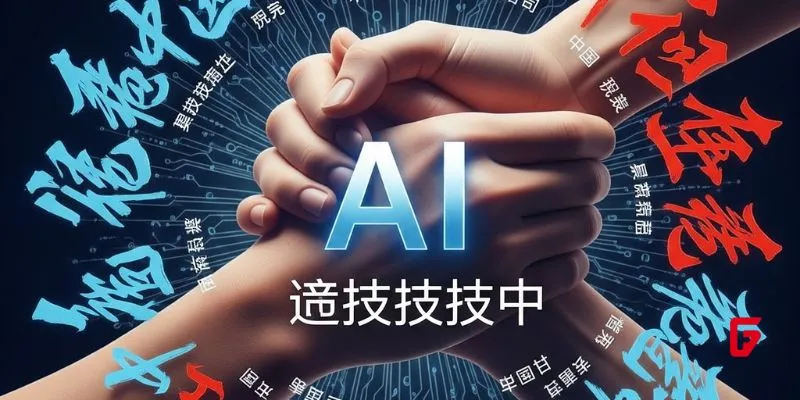Chinese AI Firms Band Together: A Leap Toward Tech Independence
By futureTEKnow | Editorial Team
KEY POINTS
Chinese artificial intelligence giants have forged two new alliances to accelerate technological self-sufficiency and reduce reliance on foreign suppliers, particularly in the wake of stricter U.S. export restrictions on advanced Nvidia chips.
The Model-Chip Ecosystem Innovation Alliance unites large language model developers like StepFun with leading AI chipmakers including Huawei, Biren, Moore Threads, and Enflame.
A second alliance, the Shanghai General Chamber of Commerce AI Committee, is pushing for seamless integration of AI in industrial transformation, with participants like SenseTime, MiniMax, Metax, and Iluvatar CoreX.














